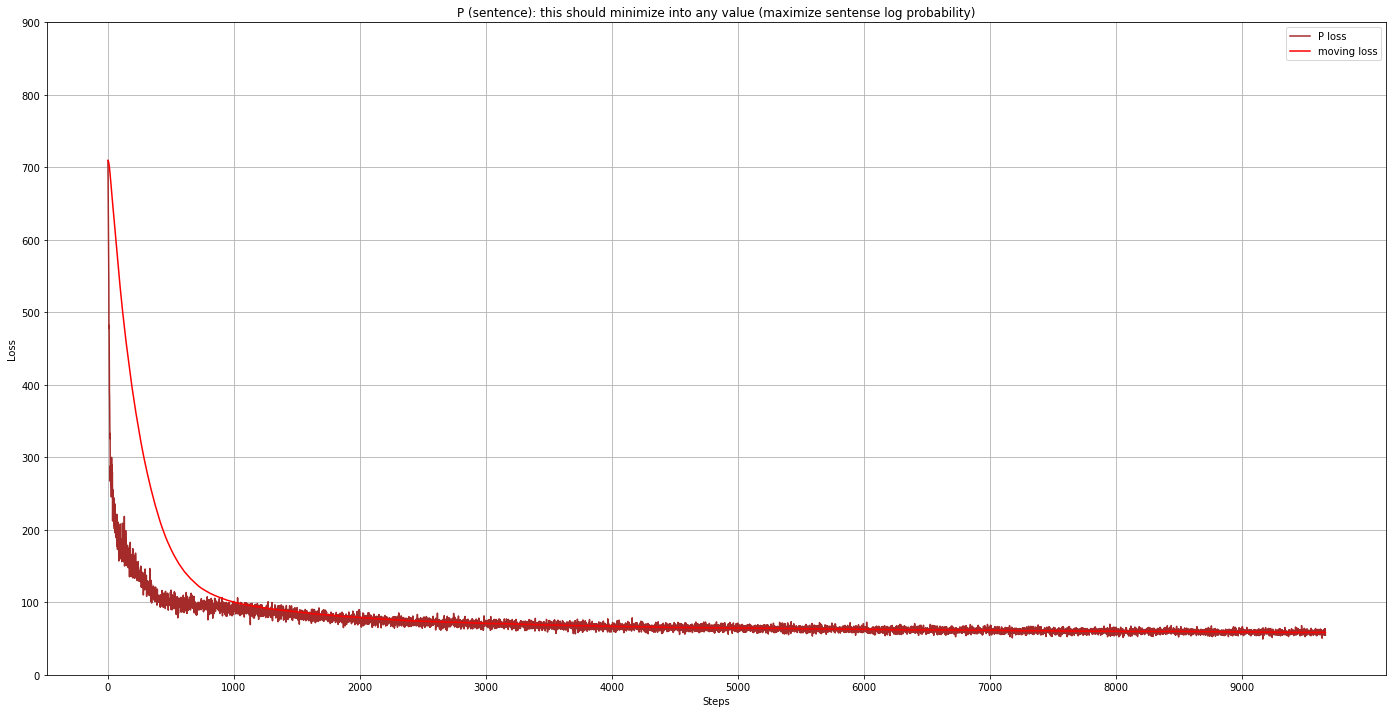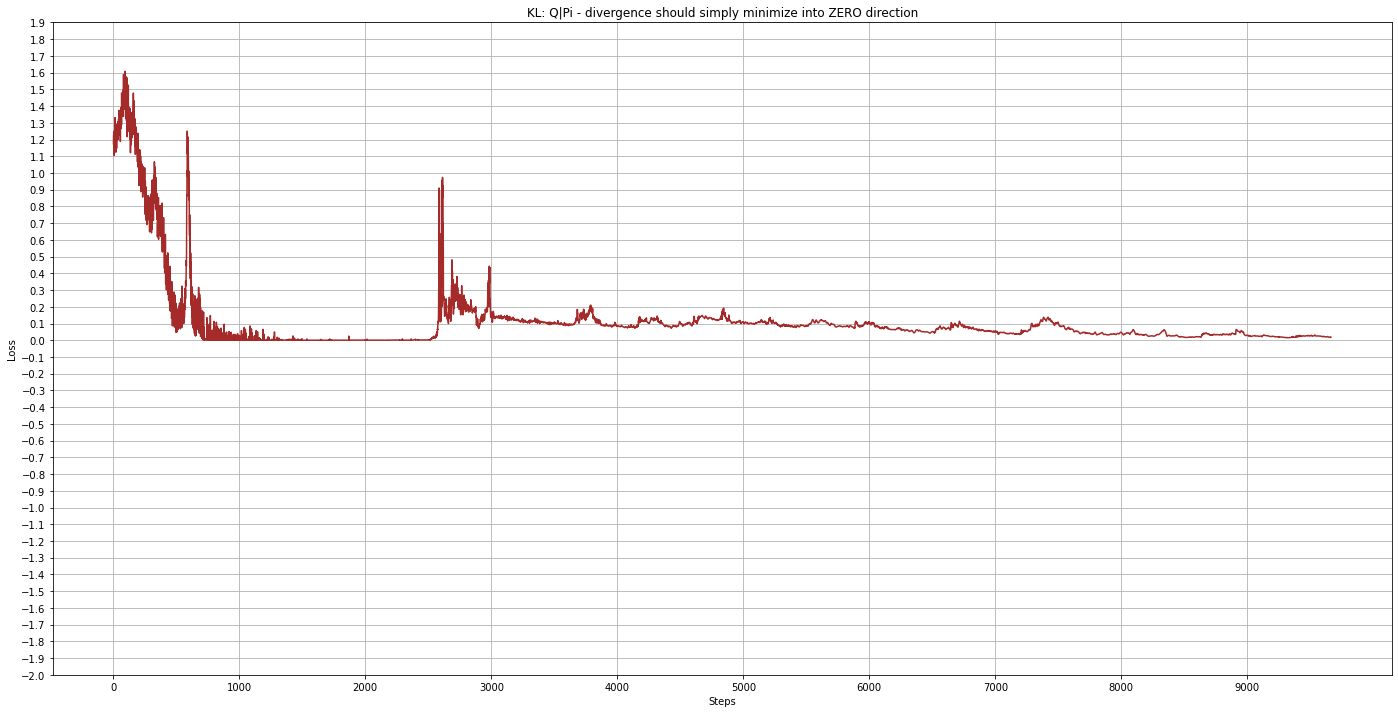Implementation of CRSAL: Conversational recommender systems with adversarial learning
THIS IS A DRAFT IN PROGRESS
Other papers:
-
Latent Intention Dialogue Models https://arxiv.org/abs/1705.10229
-
Neural Belief Tracker: Data-Driven Dialogue State Tracking https://arxiv.org/abs/1606.03777
Notes:
- Papers (2) & (3) have implementation and are close to the crsal
- There are many other papers CRSAL is based on. They are all mentioned in the paper
- My objective is to make it work with some results close to what is in the paper, but I am interested next in multir-case, multir-domain and multi-dialogue type problem
- Information richness indicator shows how much information has been provided and probably important for the model to conclude the conversation. LIDM (2) uses DB query for this, this paper counts how many times slots were mentioned
- I do not see how NRN is used. It is depicted in the paper, but it's not hooked in in any way during sentence generation. Language model produces the whole answer without NRN. in LIDM (2), there is no such thing.
- I used GRU instead of LSTM (for now)
To do:
- Model trained in unsupervised mode. Clustering is not done
- Reinforcement learning to improve policy is not done
- Performance Tests
- Interactive case play
- Rewrite data preparation. I use and modified nbt from (3)
Commands:
DST
Train: python training.py --action=TRAIN_DST --config=config/config.v01
Test: time python training.py --action=TEST_DST --config=config/config.v01
Predict: python training.py --action=PREDICT_DST --config=config/config.v01
The rest of the network without Reinforcement Learning:
Train: python training.py --action=TRAIN_VIN --config=config/config.v01
Training samples:

